10 Jun Communicating with Drawing, Interview with Kiki Farish
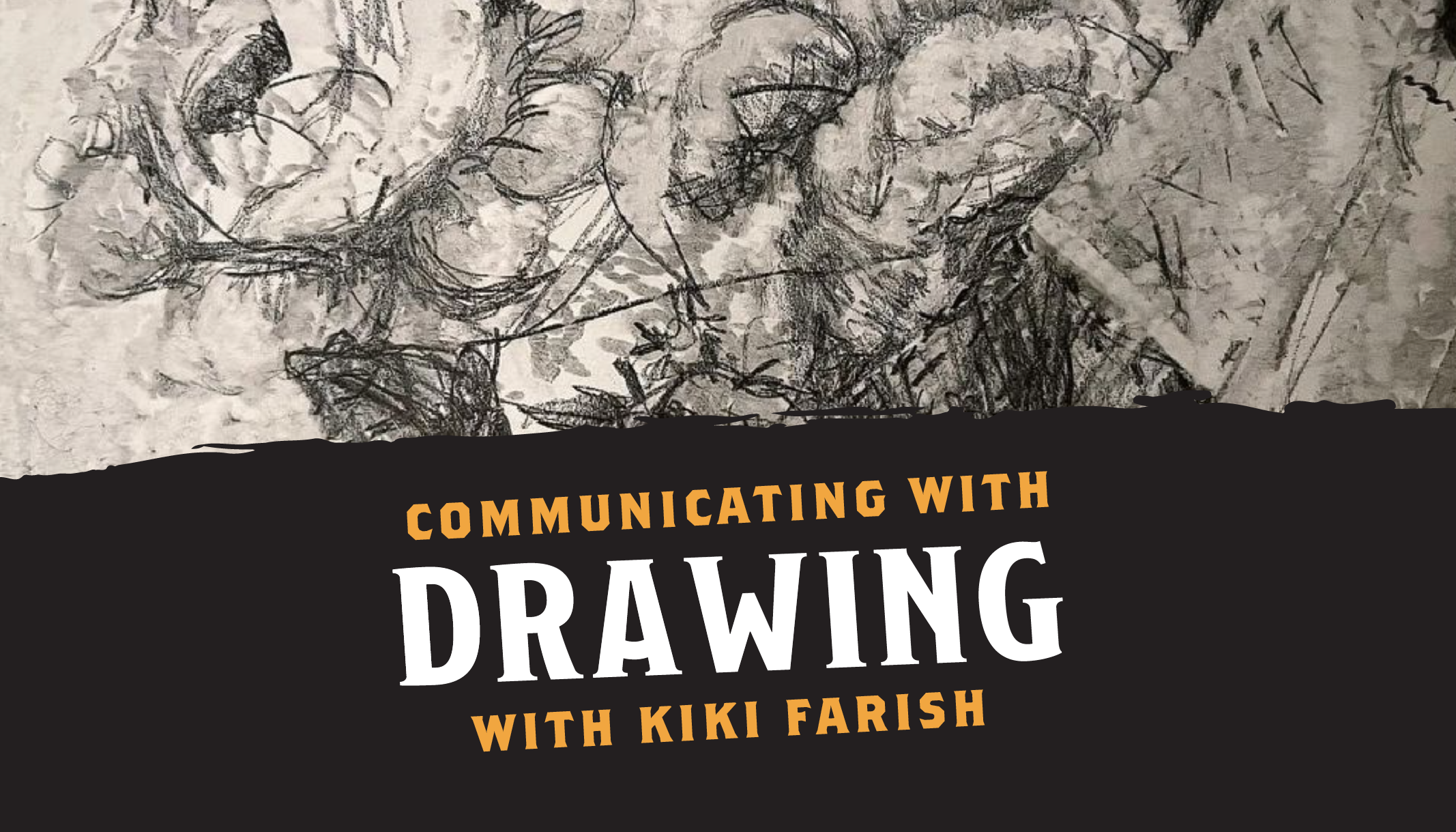
We’re excited to have Kiki here at the Folk School for the first time to teach the week-long class, “Communicating with Drawing,” from September 15-21, 2024. Drawing is an interesting way to reveal innermost thoughts and feelings as a means of expression and discovery. Even a hand-drawn line, such as a signature, is deeply embedded with information that is interpreted on a subconscious level. Expect to fill sketchbook pages drawing with pencil and pen. Also, experience exercises meant to develop your skills in composing and understanding your mark making as a way to hone your visual communication skills. All levels welcome.
Read more about Kiki Farish and her drawing class in our interview below! Interested in Kiki’s class? Register today to secure your spot.
JCCFS: Tell us a little bit about yourself and your background in your medium. How did you get started?
KF: Drawing has always been a record keeping tool in my life. My drawing habits have ebbed and flowed with various cycles of life demands. I was one of the few that continued to draw in grade school due to encouragement. My grandmother was an artist. I remember teachers standing over me approving my skills. I received the “Most Artistic” Superlative in Jr. High. Paraphrasing Betty Edwards on Drawing on the Artist Within, if we taught our children to read, the way we teach them to draw, then we’d say things like; oh her grandmother could read very well. I experienced our culture’s inequity towards visual communication first hand.
I studied math and art in college and began a studio practice in my thirties also teaching children and adults out of my studio. In my forties, I acquired an MFA. I taught at several NC colleges for sixteen (16) years. The realization of my privilege, in more ways then drawing, inspires a cheerleader attitude towards others who wish to develop their visual communication skills.
JCCFS: Tell us more about your class’s specific technique or process.
KF: When we see a bird soar against a sky, we might sense freedom. Visual communication is an abstraction of our real world experiences. A scribble on a blank piece of paper high in the picture plane can represent that bird’s freedom. If we turn the paper/drawing upside down, does it feel or read the same way? We will use the creative problem solving method to figure out what we want to say visually. We may discover this by reading our drawings or we may hone our drawings to more skillfully express ourselves. This process is the same as the scientific method, but more simply stated: define, research, play, produce. The sketchbook exercises will be where we research and play. Production will not be emphasized in this workshop!
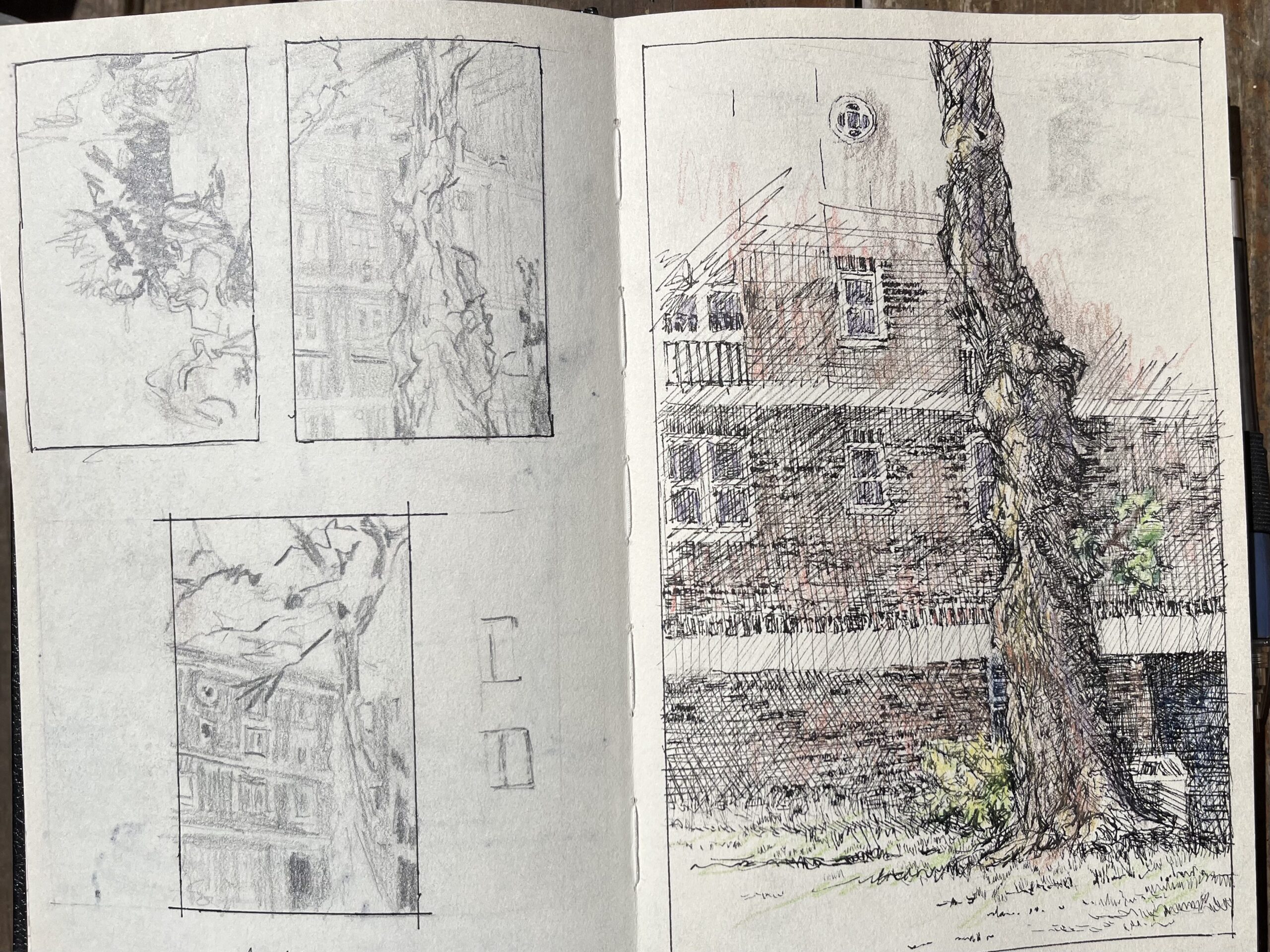
Kiki’s work
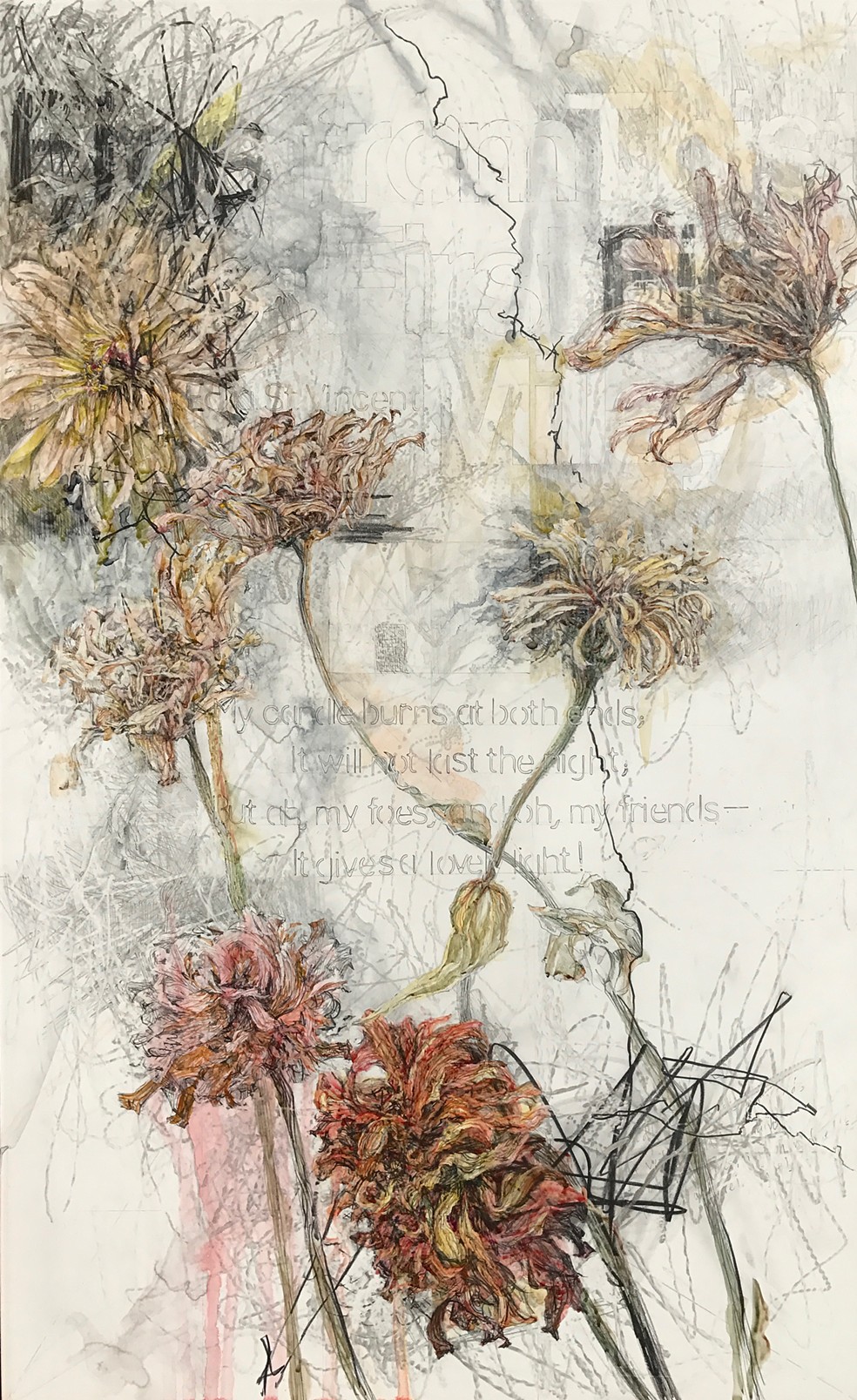
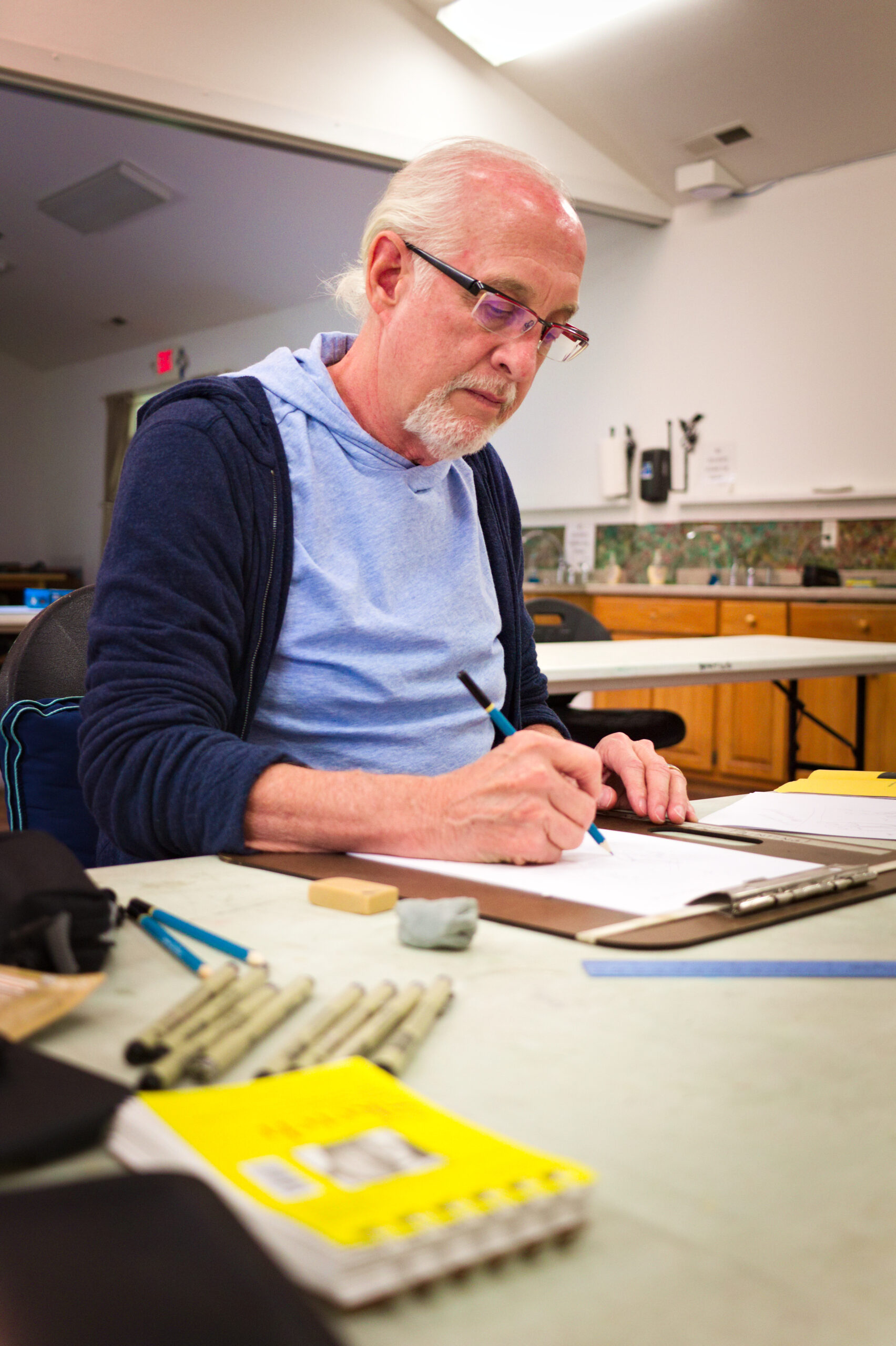
A student working on their drawing
JCCFS: What can students expect to leave your class with?
KF: The workshop will trace a series of sketchbook exercises on feelings or ideas and provide an opportunity for personal exploration. These compositions along with visual record keeping can be “read.” Participants will emerge with a heightened visual awareness, story telling or literacy. All skill levels are welcomed. Primary materials will be pencil, eraser, sketchbook and straightedges.
JCCFS: What do you enjoy most about teaching?
KF: It is fabulous to join a community of people open to new perspectives and relationships, including me! How rare is that? I love to come together randomly but with the same desire for growth in drawing.
JCCFS: What attracted you to the Folk School? What are you most excited about for your first time teaching here?
KF: I love the grounding of the Folk Art school in life skills. I am happiest when my studio practice is strong and not esoteric – some arty thing in a studio, but deeply connected to my routine.
JCCFS: Where do you draw inspiration from for your work?
KF: Raising questions for me in my practice are changing narratives. For example, the story of Lilith, a religious mythical character in ancient times. She was a female who belonged to no man, protector of mothers and children and portrayed as a wise owl in Mesopotamian culture. Through time and Jewish traditions, Lilith became Adam’s first wife, refusing to lie beneath him, she flies away as a crazy screeching owl who snatches babies. Various lenses in current events are also fascinating.
JCCFS: What’s one piece or craft object you’ve made recently that you are proud of, and why?
KF: I recently participated with 9 other artists in a portfolio box for the Green Hill Center for NC Art. The box was offered in celebration of Green Hill’s 50th year anniversary. My drawing contained the text “mark making” as a nod to Green Hill’s effect on NC visual arts and a fern leaf symbolizing resilience.
JCCFS: What tips would you give an aspiring craftsperson? Anything you wish you knew as a student?
KF: Woody Allen — ‘Ninety percent of success in life is just showing up.’
JCCFS: Where can folks find you if they want to stay up to date on your work?
KF: kiki.farish on Instagram and Facebook
www.kikifarish.com
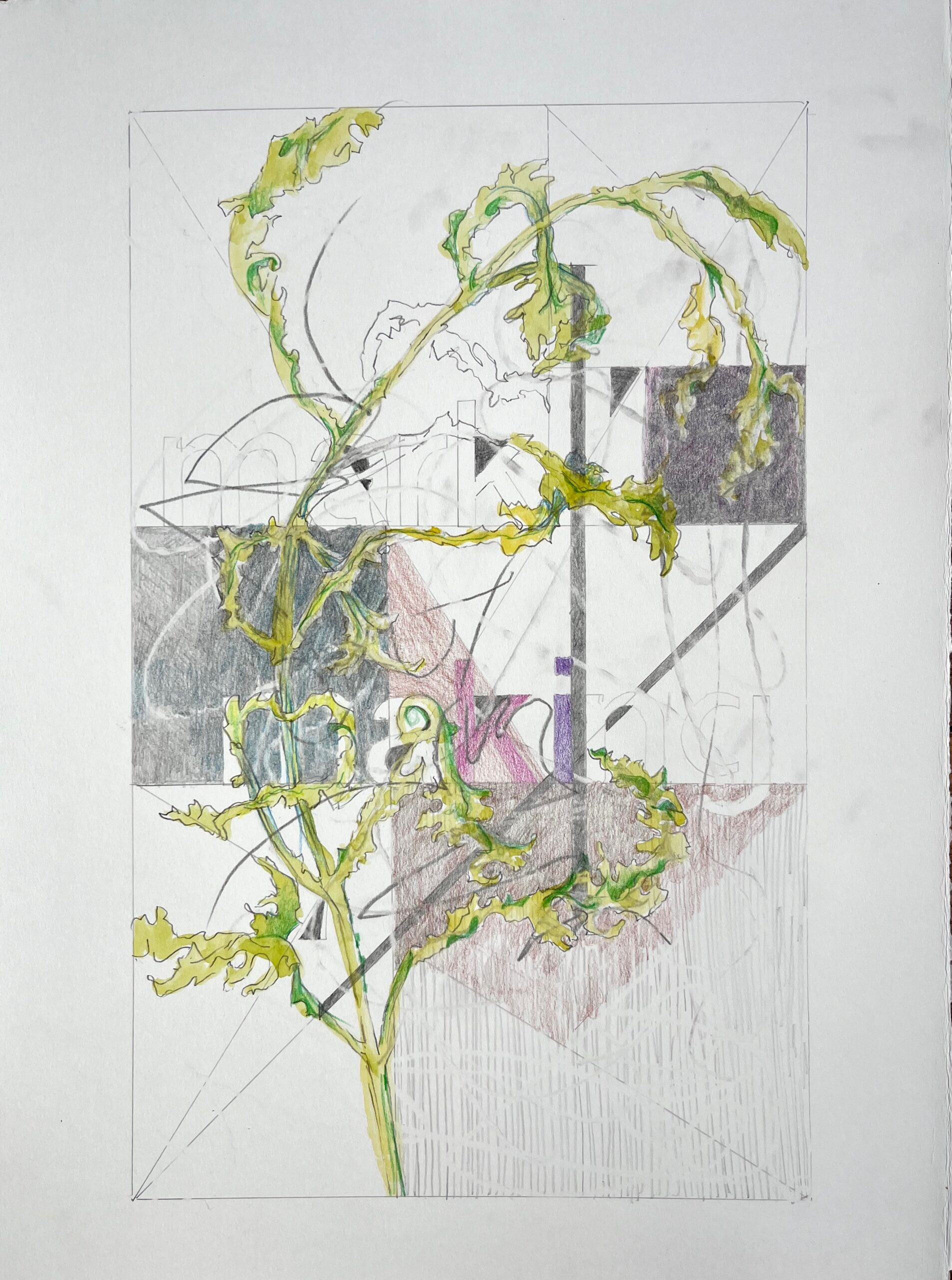
Kiki’s drawing on Green Hill’s box
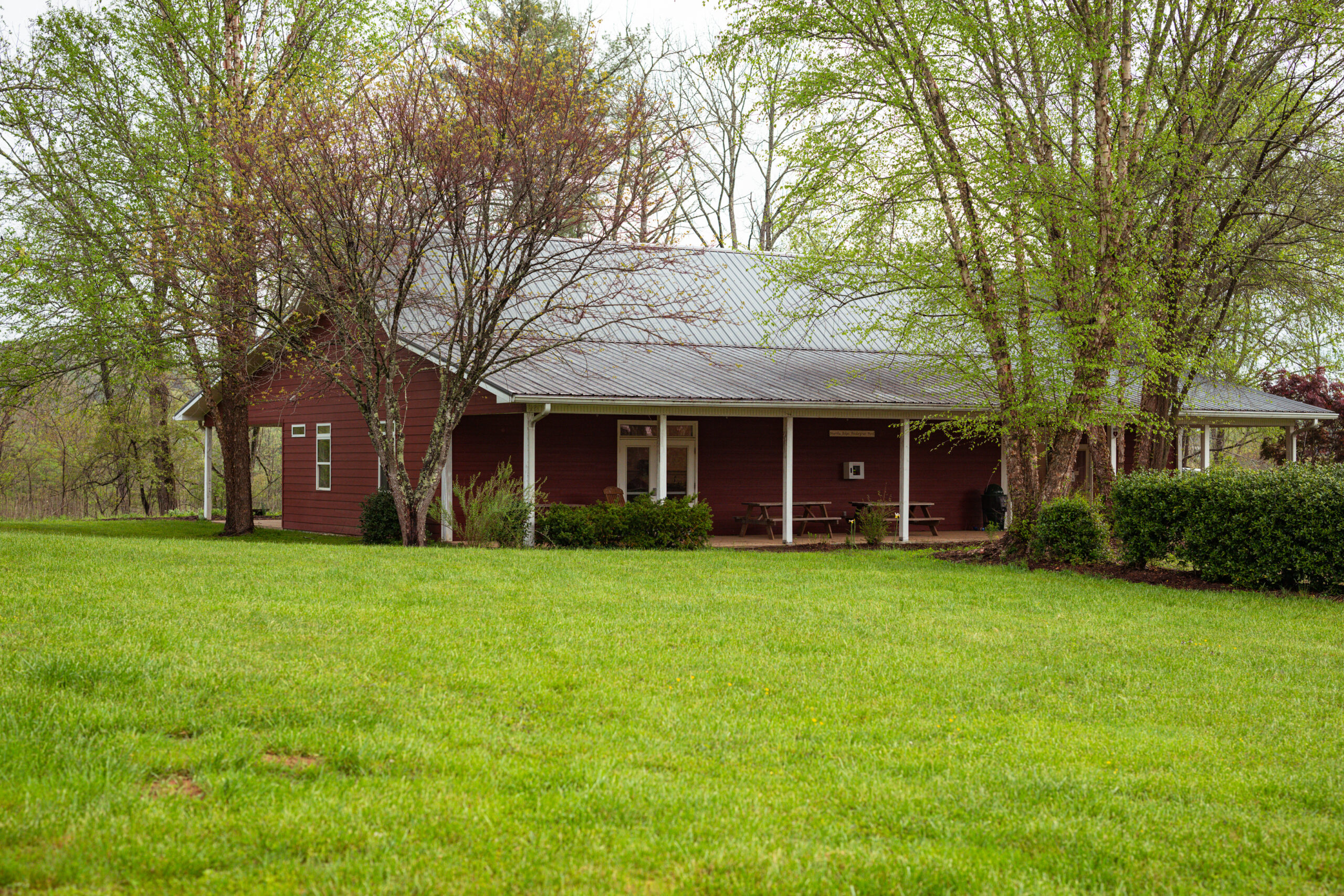
The Painting Studio at the Folk School
Upcoming Class with Kiki Farish
Communicating with Drawing
September 15-21, 2024
Drawing is an interesting way to reveal innermost thoughts and feelings as a means of expression and discovery. Even a hand-drawn line, such as a signature, is deeply embedded with information that is interpreted on a subconscious level. Expect to fill sketchbook pages drawing with pencil and pen. Also, experience exercises meant to develop your skills in composing and understanding your mark making as a way to hone your visual communication skills. All levels welcome.
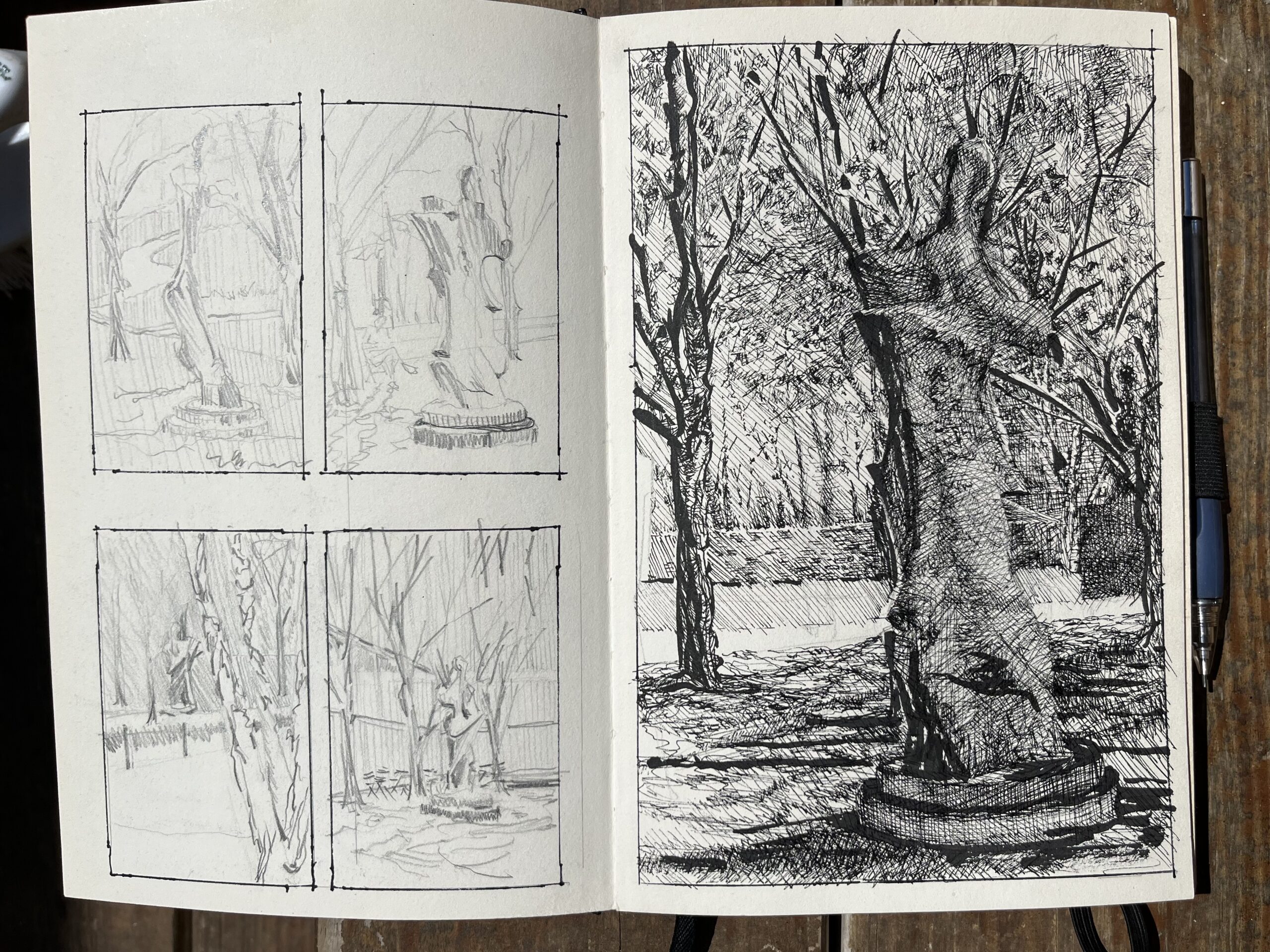
About Kiki Farish
Kiki Farish received her BS degree in Applied Mathematics from Meredith College in Raleigh and her Master of Fine Arts degree in Painting and Drawing from ECU in Greenville. Her work appears in the permanent collections of the Ackland Art Museum, Chapel Hill, NC; the municipal art collections in Raleigh and Rocky Mount, NC; and Fidelity Investments in Raleigh, NC. She received the 2014-15 North Carolina Arts Council Fellowship, has attended residencies in Wyoming, Minnesota and North Carolina and has taught at Meredith College and East Carolina University.
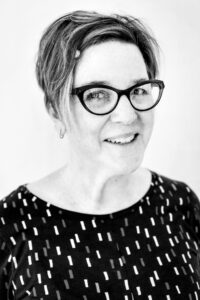



No Comments